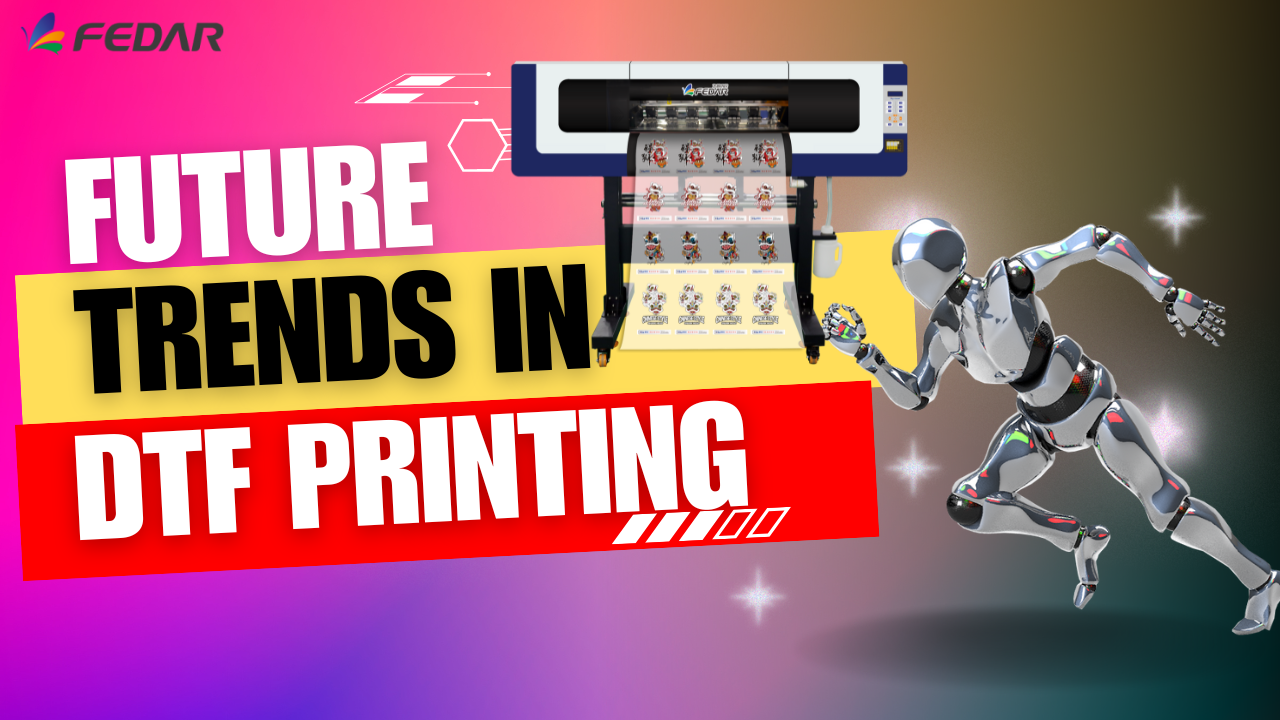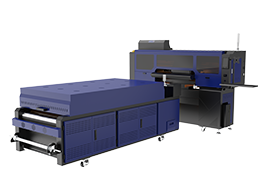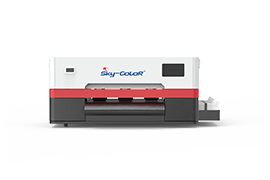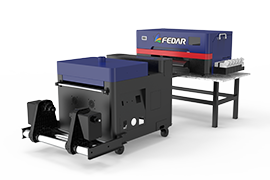Product Categories
- > Digital Textile Printer
-
- Fedar Sublimation Textile Printer
FEDAR FD61916E Sublimation Printer FEDAR FD1924 Sublimation Printer FEDAR FD1912S Sublimation Printer FEDAR FD61915E-A Sublimation Printer FEDAR FD5198E Sublimation Printer FEDAR FD51915E Sublimation Printer FEDAR FD53215E Sublimation Printer FEDAR FD61915E Sublimation Printer FD6198E 8 Heads Printer FD6194E 4 Heads Printer FD5194E 4 Heads Printer FD5328E 3.2m Printer FD5193E 3 Heads Printer Fedar TC Series Sublimation Printer(3heads,4heads,6heads)(Stop) FD5268E 2.6m Printer FD5223E 2.2m Printer (Stop) FD1900 2 Heads Printer AL193 3 Heads Printer (Stop) TC1932 2 Heads Printer (Stop)
- Fedar Direct To Film
FD1808 DTF Printer FDA3 Pro DTF Printer A3 DTF Printer FDA3 DTF Printer FD70-5 DTF Printer FD70-3 DTF Printer (Stop) FD30 DTF Printer (Stop) FD60 DTF Printer FD70-4 DTF Printer FD65-2 DTF Printer (Stop) FD70-2 DTF Printer (Stop) TR 4180 (Stop) FD 680 DTG (Stop) FD1828 Belt cotton printer (Stop)
- Fedar Sublimation Textile Printer
Future Trends in DTF Printing: What to Watch for in 2024 and Beyond
2024-05-23Direct-to-Film (DTF) printing is revolutionizing the custom apparel industry, bringing precision and versatility to the forefront. As this technology continues to evolve, several exciting trends are poised to shape its future. Here’s a glimpse into what you can expect in the next few years.

1. Enhanced Print Quality
One of the most significant future trends in DTF printing is the improvement in print quality. Advanced printers and better-quality films will allow for more precise and vibrant images. Expect to see DTF printers that can produce intricate details and a wider color gamut, enhancing the overall aesthetic appeal of printed products.
2. Faster Production Speeds
Speed has always been a critical factor in printing technologies. The future holds the promise of even faster DTF printers without compromising the quality. Innovations in printer hardware and optimized software solutions will reduce production times, enabling businesses to meet growing demands efficiently. Equiped with 4 pieces Epson I3200-A1 printheads FEDAR FD70-4 DTF printer offer 22 square meter per hour speed.
3. Eco-Friendly Inks and Materials
As sustainability becomes a global priority, DTF printing is also moving towards greener solutions. Future trends include the development of eco-friendly inks and films that minimize environmental impact. These advancements will not only appeal to eco-conscious consumers but also align with regulations and standards aimed at reducing the carbon footprint. FEDAR DTF Inks are eco-friendly inks that minimize the impact on environment.
4. Broader Material Compatibility
DTF printing is known for its versatility, but the future will see an even broader range of material compatibility. From various types of fabrics to unconventional substrates, the ability to print on diverse surfaces will expand, providing more creative freedom for designers and opening new market opportunities.
5. Integration with AI and IoT
The integration of Artificial Intelligence (AI) and the Internet of Things (IoT) into DTF printing processes is another exciting trend. AI can enhance design software, improve print accuracy, and optimize the entire printing workflow. Meanwhile, IoT connectivity will allow remote monitoring and real-time troubleshooting, boosting efficiency and reducing downtime.
6. Cost-Effective Solutions
As the technology matures, the cost of DTF printing is expected to decrease. From lower ink consumption to more affordable printer models, cost-effective solutions will make high-quality printing accessible to smaller businesses and hobbyists. FEDAR FD30 DTF Printer with 30cm print width is a perfect choice for smaller businesses and beginners with small workshop space.
Conclusion
The future of DTF printing is bright, driven by continuous technological advancements and growing market demands. Whether you’re a business owner looking to innovate or a hobbyist eager to explore new possibilities, staying updated with these trends will ensure you remain at the cutting edge of the industry.
Embrace these future trends in DTF printing with FEDAR DTF Printers to stay competitive and deliver exceptional quality to your customers.





